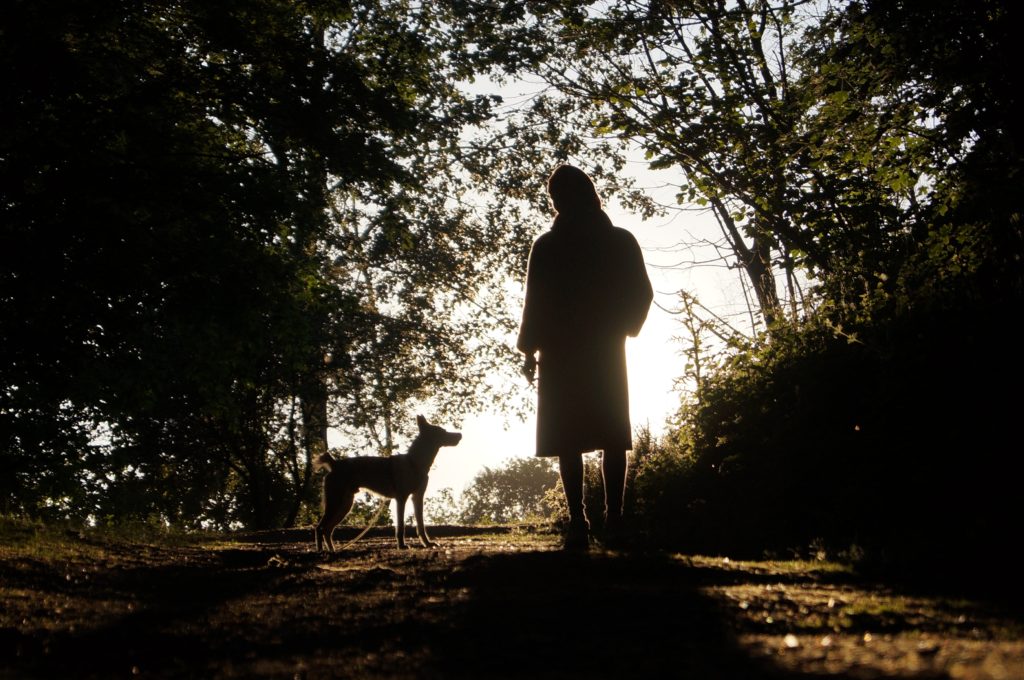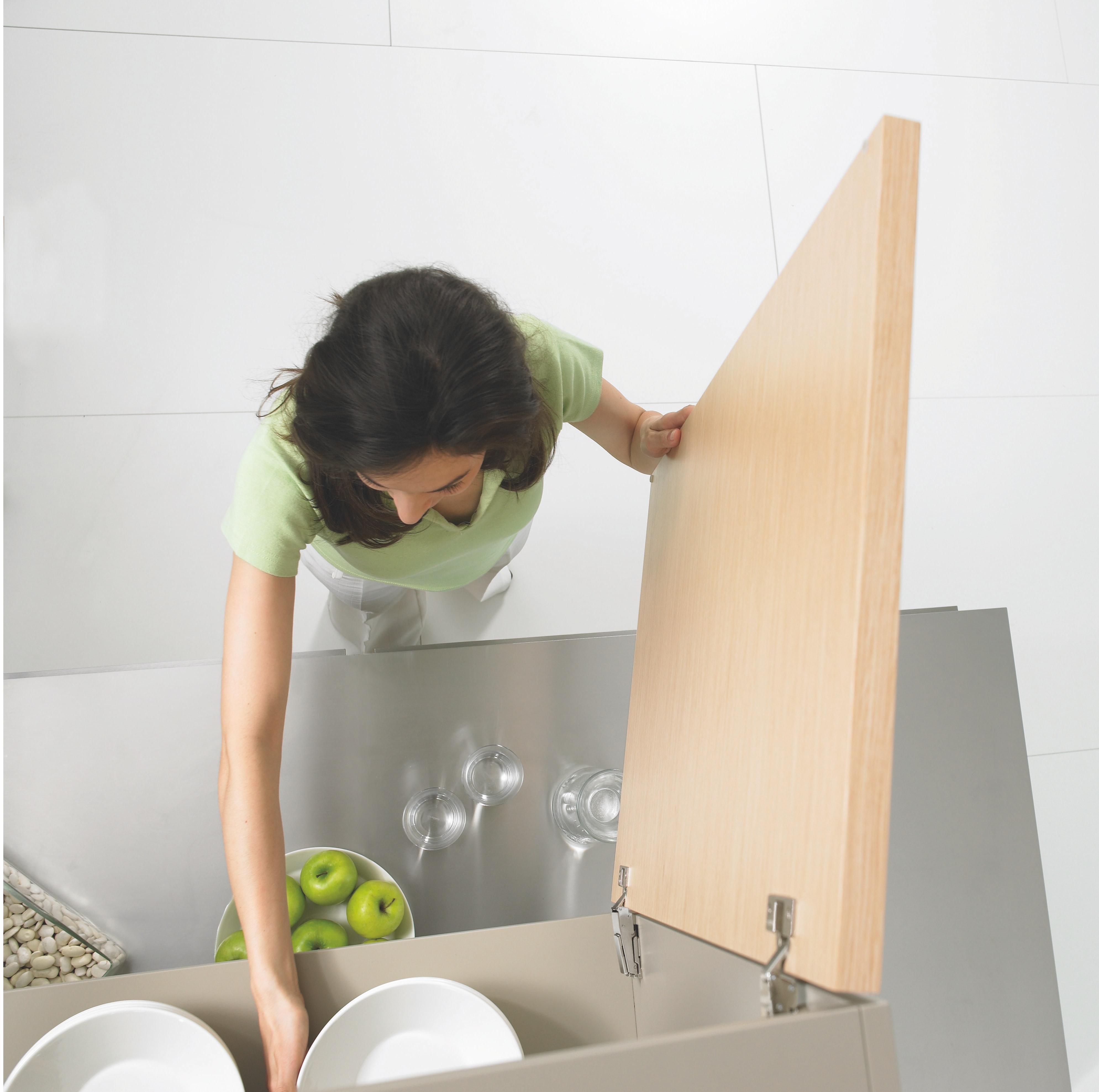
I first came across the advice on how to eat an elephant (one bite at a time) many years ago when researching for my writing class. Of all activities, writing has to be the one where procrastination is king. I have read about successful authors arranging the pins on a pin cushion rather than sit down and start typing. (I confess, I have made numerous paperclip chains for the same reason.)
Procrastination is the thief of time
Edward Young
Yet, the advice really came into its own after my relapse in 2015. It went from being a rather witty way of encouraging action over procrastination to a genuine life-saver. Whatever gains I have made over the past six years – and there are many- I can attribute to following its guidance. And though I hope no-one reading this is facing the Everest climb of recovering from a major physical relapse, I do think that we can all benefit from adopting it in our lives. After all, action is empowering, procrastination is not.
A journey of a thousand miles starts with the first step
When I came home from hospital, I went straight back to bed. The lumber puncture to confirm my condition had left me with a pressure migraine that was utterly debilitating. A week later, I got up. My legs were wobbly as a foal’s and just as weak, but my husband had to return to work and I had a dog to walk.
A long, oftentimes painful journey then began. Physio was invaluable, and as the months passed, my walks became just a little bit longer until my elderly dog, Puck, was quite happy with his trip around the block.

I still walk every day – now with a rather more active Hermione – and gradually I’ve been managing a little further. To increase my distance, I literally count lamp-posts and when I’ve overdone it, count them till I get home!
This breaking down of the task has made progress possible and brought the accompanying joy of success. Each lamp-post to me is a milestone, each extra few minutes a sign that contrary to the medical advice, even the most depressing prognosis is not always immutable.
A mouthful every day
This approach was not only invaluable with enabling me to walk again, but I have used it to increase my meditation practice, my brain exercises (including writing), physical activity and volunteering work. Friends have used this approach to start running using the Couch to 5km challenge on the NHS app. It is as simple as it is effective and the reason for this is put rather succinctly below:
Breaking tasks down helps us to see large tasks as more approachable and doable, and reduces our propensity to procrastinate or defer tasks, because we simply don’t know where to begin.
Melissa Gratias, Ph.D., workplace productivity coach and speaker.
Make a plan
A thousand mile journey would be a little pointless without a destination in mind. The same applies to any other activity we engage in. We are far more likely to succeed if we make a detailed road map of where we want to get to including stops for tea and rest. Knowing the direction we are taking will enhance our ability to focus and each little goal reached encourages us to continue further. Our bodies respond to success giving us little boosts to dopamine (the happy hormone) each time a significant stage is reached.
And it is up to us how large or small our markers of success are. Often I am working in single digits – two more minutes’ walk or five more seconds holding a yoga pose, but you may have grander aims.

How not to do it! Too many plans=too many distractions. Keep it simple. Image: Photo by Firmbee.com on Unsplash
The easiest way to chart your course is through writing it down. Engineers use sophisticated Gantt charts with each stage plotted with precision. The rest of us can simply make lists or note goals in our diary. Before I made my morning health activities a habit, I literally put them at the top of each page of my diary and ticked them off when done. They were all I had to do each day and once complete, I could get on with the other stuff.
Though our brains are incredible, they can only manage to process a few things properly at one time, so it is advisable not to put too many things on a list: 3-5 is ideal. It may be that all five are part of a larger project, and this is fine. When we focus absolutely, we work much more efficiently and are less prone to distraction. Unlike multi-tasking, where we tend to perform poorly and end up stressed and exhausted, this way of working keeps stress to the minimum. We do a micro task, complete it, get a feel good hit and are encouraged to do the next. Taking action itself keeps us in good spirits. Knowing we have something due that we have not yet started can almost paralyse us with despair.
Mindfulness in action
What I love best about this new way of working – microproductivity – as it has been perfectly coined, is that is fits with a more mindful way of living. Whereas in the past, I did each task with half an eye on the next one (or two, or three), this way I just do it. (Thank you Nike.)
I don’t do any tasks that are not necessary and only do them if I can see a purpose to it. Cleaning the kitchen may not seem inspiring, but I do want to keep some level of hygiene and I do want to be able to find what I need when cooking. When we think clearly about the purpose of the task, the act of doing it becomes less of a chore and more of a pleasure. If we can focus absolutely upon it, it can even become a meditative act. Simple, repetitive tasks lend themselves well to this practice.

Time to begin
So whether you have a massive project or just a list of daily tasks, I recommend that you break them down into manageable, bite-sized pieces. It may take a while to perfect your method; it may even be a life-long project, but I can guarantee that it works.
Everyone will have their favourite approach and what works for you is what works for you. No one is going to check your style. And this is perhaps the most liberating aspect of this process – it is entirely hidden. All anyone sees is the end result, but as we work towards this, we can progress as crazily, as messily and as imaginatively as we wish. Chances are that when we do get to the finish line, just like the slowly but surely tortoise, we will be the winners.
Sources: Microproductivity blog.trello.com
